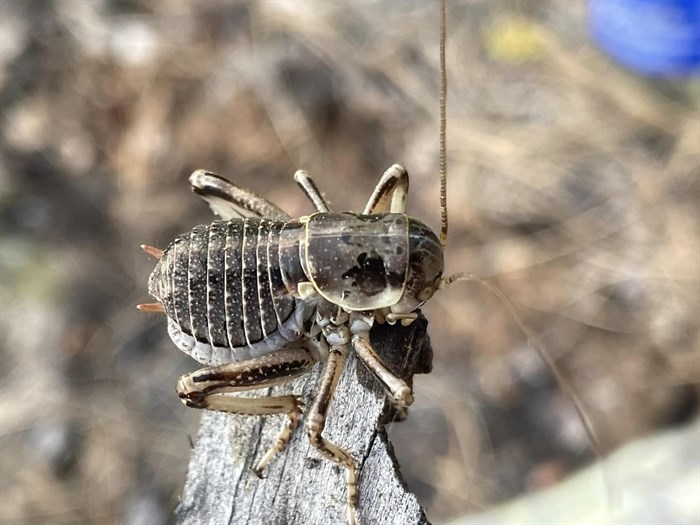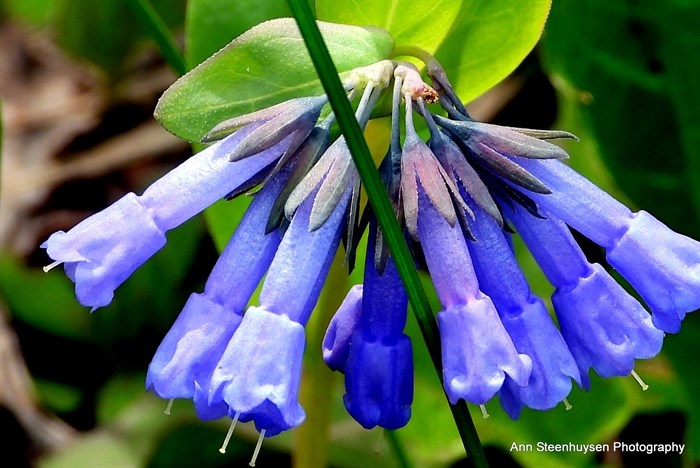Science
150,000-Year-Old Human Tooth Is Rare Evidence of the Extinct Denisovans – Gizmodo
Paleontologists in Laos have uncovered an ancient molar that likely belonged to a young Denisovan girl. The discovery is a big deal, as the Laotian cave in which the molar was found is now one of only three spots known to host these enigmatic humans.
In addition to Siberia and the Tibetan Plateau, we can now add Laos to the achingly short list of places that have yielded fossils of an elusive human species known as the Denisovans. A team of paleontologists found the suspected Denisovan molar at the Tam Ngu Hao 2 cave in the Annamite Mountains of Laos. The molar dates to the middle Pleistocene, and it’s the first Denisovan fossil ever to be found in southeast Asia. A paper detailing this discovery is published today in Nature Communications.
Laura Shackelford, an anthropologist from the University of Illinois at Urbana-Champaign and a co-author of the new study, was excited to learn that Denisovans, like their Neanderthal cousins, inhabited a variety of environments, some of them extreme.

“Although we only have a few fossils representing the Denisovans, this new fossil from Laos demonstrates that much like modern humans, Denisovans were widespread and they were highly adaptable,” Shackelford explained in an email. “They lived in the cold arctic temperatures of Siberia, in the cold, [oxygen poor] environment of the Tibetan Plateau, and now we know they were also living in the tropics of southeast Asia.”
What’s more, the new discovery “further attests” that southeast Asia was “a hotspot of diversity for the genus Homo” during the middle to late Pleistocene, as the scientists write in their study. So in addition to Denisovans, this part of the world was once home to H. erectus, Neanderthals, H. floresiensis, H. luzonensis, and H. sapiens.
That a Denisovan fossil was found in Laos is not a huge surprise. Traces of Denisovan DNA have been detected within the genomes of modern southeast Asian and Oceanian populations. The Ayta Magbukun—a Philippine ethnic group—have retained approximately 5% of their Denisovan ancestry, the highest of any human group in the world. Denisovans branched off from Neanderthals at some point between 200,000 and 390,000 years ago. They eventually went extinct, but not before interbreeding with modern humans. The Laotian molar is just the 10th Denisovan fossil to be found and the first outside of Siberia and Tibet.
The Annamite Mountains contain an abundance of limestone caves. Each year, Shackelford and her colleagues dispatch geologists to the area in hopes of finding spots worthy of further paleontological investigation.
“In 2018, our geologists spent the morning surveying and returned to the site before lunch with their pockets full of sediment samples that they had collected from a potential new site, what we now know as Tam Ngu Hao 2 or Cobra Cave,” Shackelford told me. “In these first samples, among fragments of fossil animal teeth, we found the tooth.”
By dating the sediment in which the molar was found, the team aged the fossil to between 164,000 and 131,000 years old. A protein analysis of the tooth’s enamel identified the fossil as belonging to a member of the Homo genus, but this test couldn’t pin down the exact species.

“We do know that this is the tooth of a girl who died when she was between about 4 to 8 years old,” said Shackelford. “Since this tooth comes from a child, we are currently doing additional analyses of tooth growth and development.”
Clément Zanolli, an expert on the evolution of human teeth and a co-author of the new study, said the identification of the Denisovan molar arose from multiple lines of morphological evidence. The Laotian molar, he told me, bears a resemblance to teeth found on the partial Denisovan mandible from Tibet, including large tooth dimensions and various distinguishing features that separate it from other Homo species known to inhabit southeast Asia, including Neanderthals and modern humans.
“Among the human groups previously cited, the molar from Laos is closest to Neanderthals, and we know from paleogenetics that Denisovans were a sister group of Neanderthals, meaning that they were closely related and shared morphological features,” Zanolli, who works at the University of Bordeaux, explained in an email. “For these reasons, the most parsimonious hypothesis is that the tooth that we found in Laos belongs to a Denisovan individual.”
It’s not impossible that the molar belonged to a Neanderthal, but if that’s the case, that “would make it the south-eastern-most Neanderthal fossil ever discovered,” according to the paper.
“We are confident it is Denisovan,” Fabrice Demeter, a paleoanthropologist at the University of Copenhagen and a co-author of the study, told me in an email. But to “further confirm our results if needed, genetic analyses would be useful,” he said. Unfortunately, however, “DNA tends to fragment more quickly and intensely in tropical environments,” and it’s for this reason that “no ancient DNA from any Pleistocene human has been sequenced so far,” he added.
The new fossil is important because it affirms something already hinted at by the genetic data—that Denisovans once inhabited a wide area of southeast Asia. What’s more, it “confirms that Denisovans were present in this region and could have met with Late Pleistocene modern humans,” according to Zanolli. And lastly, it shows that Denisovans could live in both cold, high-altitude environments and the tropical forests of southeast Asia.
The Denisovans appear to have been an adaptable group. But that just makes their sudden disappearance some 50,000 years ago all the more mysterious.
Science
Voyager 1 transmitting data again after Nasa remotely fixes 46-year-old probe – The Guardian


Earth’s most distant spacecraft, Voyager 1, has started communicating properly again with Nasa after engineers worked for months to remotely fix the 46-year-old probe.
Nasa’s Jet Propulsion Laboratory (JPL), which makes and operates the agency’s robotic spacecraft, said in December that the probe – more than 15bn miles (24bn kilometres) away – was sending gibberish code back to Earth.
In an update released on Monday, JPL announced the mission team had managed “after some inventive sleuthing” to receive usable data about the health and status of Voyager 1’s engineering systems. “The next step is to enable the spacecraft to begin returning science data again,” JPL said. Despite the fault, Voyager 1 had operated normally throughout, it added.
Launched in 1977, Voyager 1 was designed with the primary goal of conducting close-up studies of Jupiter and Saturn in a five-year mission. However, its journey continued and the spacecraft is now approaching a half-century in operation.
Voyager 1 crossed into interstellar space in August 2012, making it the first human-made object to venture out of the solar system. It is currently travelling at 37,800mph (60,821km/h).
The recent problem was related to one of the spacecraft’s three onboard computers, which are responsible for packaging the science and engineering data before it is sent to Earth. Unable to repair a broken chip, the JPL team decided to move the corrupted code elsewhere, a tricky job considering the old technology.
The computers on Voyager 1 and its sister probe, Voyager 2, have less than 70 kilobytes of memory in total – the equivalent of a low-resolution computer image. They use old-fashioned digital tape to record data.
The fix was transmitted from Earth on 18 April but it took two days to assess if it had been successful as a radio signal takes about 22 and a half hours to reach Voyager 1 and another 22 and a half hours for a response to come back to Earth. “When the mission flight team heard back from the spacecraft on 20 April, they saw that the modification worked,” JPL said.
Alongside its announcement, JPL posted a photo of members of the Voyager flight team cheering and clapping in a conference room after receiving usable data again, with laptops, notebooks and doughnuts on the table in front of them.
The Retired Canadian astronaut Chris Hadfield, who flew two space shuttle missions and acted as commander of the International Space Station, compared the JPL mission to long-distance maintenance on a vintage car.
“Imagine a computer chip fails in your 1977 vehicle. Now imagine it’s in interstellar space, 15bn miles away,” Hadfield wrote on X. “Nasa’s Voyager probe just got fixed by this team of brilliant software mechanics.
Voyager 1 and 2 have made numerous scientific discoveries, including taking detailed recordings of Saturn and revealing that Jupiter also has rings, as well as active volcanism on one of its moons, Io. The probes later discovered 23 new moons around the outer planets.
As their trajectory takes them so far from the sun, the Voyager probes are unable to use solar panels, instead converting the heat produced from the natural radioactive decay of plutonium into electricity to power the spacecraft’s systems.
Nasa hopes to continue to collect data from the two Voyager spacecraft for several more years but engineers expect the probes will be too far out of range to communicate in about a decade, depending on how much power they can generate. Voyager 2 is slightly behind its twin and is moving slightly slower.
In roughly 40,000 years, the probes will pass relatively close, in astronomical terms, to two stars. Voyager 1 will come within 1.7 light years of a star in the constellation Ursa Minor, while Voyager 2 will come within a similar distance of a star called Ross 248 in the constellation of Andromeda.
Science
iN PHOTOS: Nature lovers celebrate flora, fauna for Earth Day in Kamloops, Okanagan | iNFOnews | Thompson-Okanagan's News Source – iNFOnews
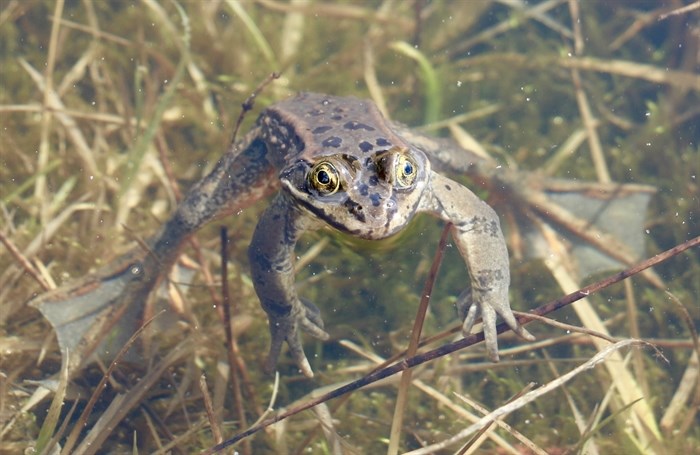

Photographers are sharing their favourite photos of flora and fauna captured in Kamloops and the Okanagan in celebration of Earth Day.
First started in the United States in the 70s, the special day on April 22 continues to be acknowledged around the globe. It’s a day to celebrate the planet and a reminder of the need for environmental conservation and sustainability, according to EarthDay.org.
These stunning nature photos show life in ponds and forests, in skies and on mountains, capturing the beauty and wonder of our local natural environments.
Area photographers shared some of their favourite finds and artistic captures. From frogs to flowers, the great outdoors is teeming with life.
If you have nature photos you want to share, send them to news@infonews.ca.
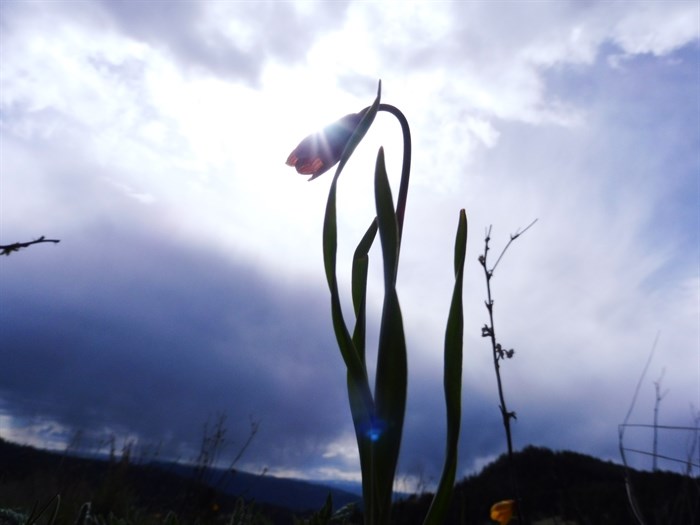

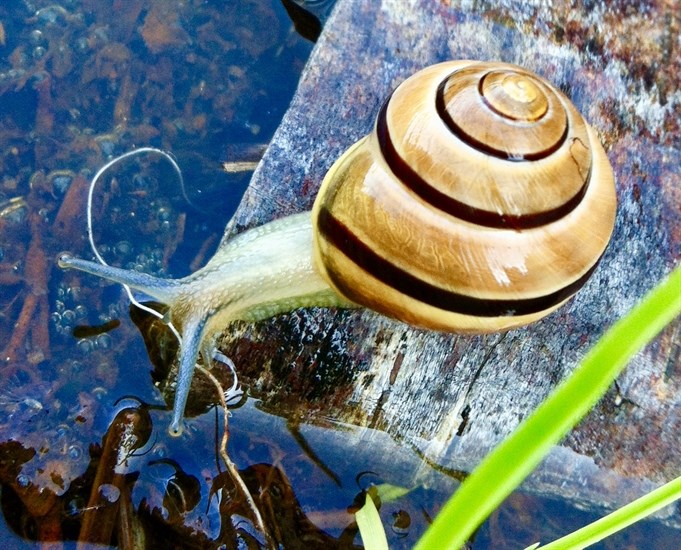



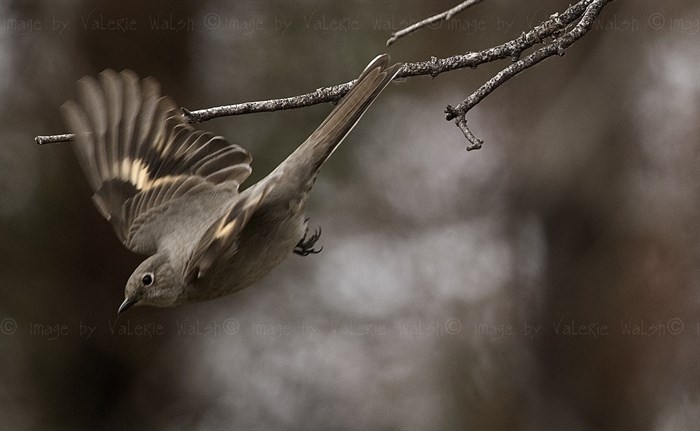

To contact a reporter for this story, email Shannon Ainslie or call 250-819-6089 or email the editor. You can also submit photos, videos or news tips to the newsroom and be entered to win a monthly prize draw.
We welcome your comments and opinions on our stories but play nice. We won’t censor or delete comments unless they contain off-topic statements or links, unnecessary vulgarity, false facts, spam or obviously fake profiles. If you have any concerns about what you see in comments, email the editor in the link above. SUBSCRIBE to our awesome newsletter here.


Science
An extra moon may be orbiting Earth — and scientists think they know exactly where it came from – Livescience.com
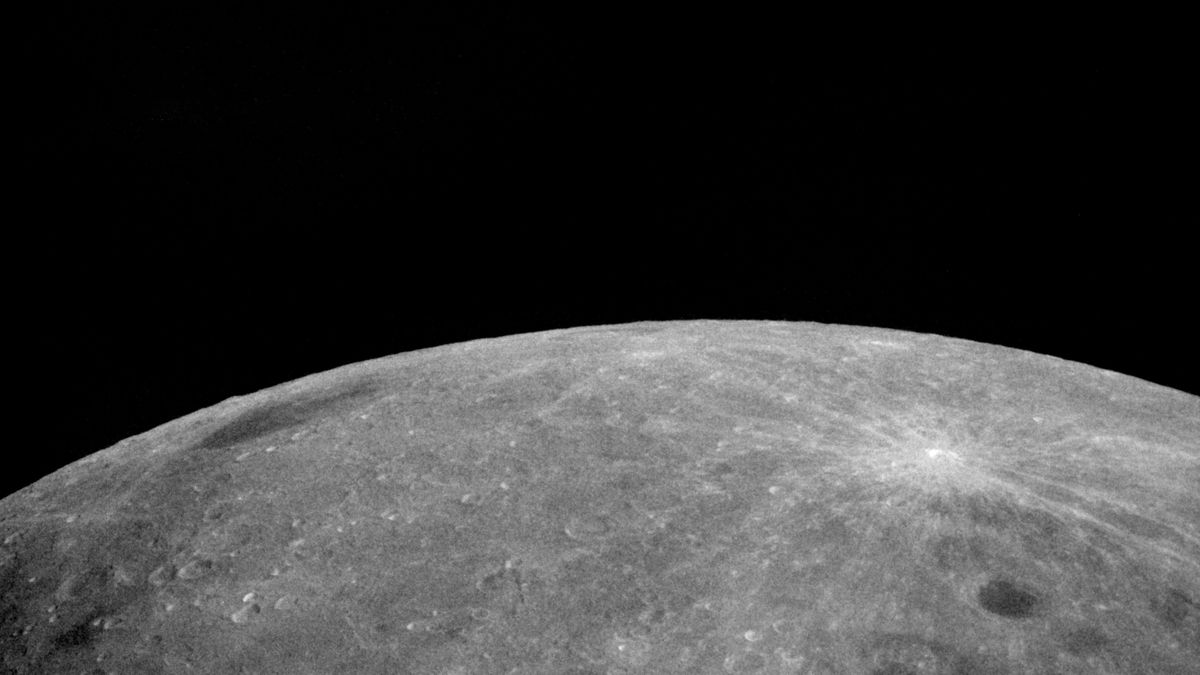

A fast-spinning asteroid that orbits in time with Earth may be a wayward chunk of the moon. Now, scientists think they know exactly which lunar crater it came from.
A new study, published April 19 in the journal Nature Astronomy, finds that the near-Earth asteroid 469219 Kamo’oalewa may have been flung into space when a mile-wide (1.6 kilometers) space rock hit the moon, creating the Giordano Bruno crater.
Kamo’oalewa’s light reflectance matches that of weathered lunar rock, and its size, age and spin all match up with the 13.6-mile-wide (22 km) crater, which sits on the far side of the moon, the study researchers reported.
China plans to launch a sample-return mission to the asteroid in 2025. Called Tianwen-2, the mission will return pieces of Kamo’oalewa about 2.5 years later, according to Live Science’s sister site Space.com.
“The possibility of a lunar-derived origin adds unexpected intrigue to the [Tianwen-2] mission and presents additional technical challenges for the sample return,” Bin Cheng, a planetary scientist at Tsinghua University and a co-author of the new study, told Science.
Related: How many moons does Earth have?
Kamo’oalewa was discovered in 2016 by researchers at Haleakala Observatory in Hawaii. It has a diameter of about 100 to 200 feet (approximately 30 to 60 meters, or about the size of a large Ferris wheel) and spins at a rapid clip of one rotation every 28 minutes. The asteroid orbits the sun in a similar path to Earth, sometimes approaching within 10 million miles (16 million km).
window.sliceComponents = window.sliceComponents || ;
externalsScriptLoaded.then(() => {
window.reliablePageLoad.then(() => {
var componentContainer = document.querySelector(“#slice-container-newsletterForm-articleInbodyContent-UG4KJ7zrhxAytcHZQxVzXK”);
if (componentContainer)
var data = “layout”:”inbodyContent”,”header”:”Sign up for the Live Science daily newsletter now”,”tagline”:”Get the worldu2019s most fascinating discoveries delivered straight to your inbox.”,”formFooterText”:”By submitting your information you agree to the Terms & Conditions and Privacy Policy and are aged 16 or over.”,”successMessage”:”body”:”Thank you for signing up. You will receive a confirmation email shortly.”,”failureMessage”:”There was a problem. Please refresh the page and try again.”,”method”:”POST”,”inputs”:[“type”:”hidden”,”name”:”NAME”,”type”:”email”,”name”:”MAIL”,”placeholder”:”Your Email Address”,”required”:true,”type”:”hidden”,”name”:”NEWSLETTER_CODE”,”value”:”XLS-D”,”type”:”hidden”,”name”:”LANG”,”value”:”EN”,”type”:”hidden”,”name”:”SOURCE”,”value”:”60″,”type”:”hidden”,”name”:”COUNTRY”,”type”:”checkbox”,”name”:”CONTACT_OTHER_BRANDS”,”label”:”text”:”Contact me with news and offers from other Future brands”,”type”:”checkbox”,”name”:”CONTACT_PARTNERS”,”label”:”text”:”Receive email from us on behalf of our trusted partners or sponsors”,”type”:”submit”,”value”:”Sign me up”,”required”:true],”endpoint”:”https://newsletter-subscribe.futureplc.com/v2/submission/submit”,”analytics”:[“analyticsType”:”widgetViewed”],”ariaLabels”:;
var triggerHydrate = function()
window.sliceComponents.newsletterForm.hydrate(data, componentContainer);
if (window.lazyObserveElement)
window.lazyObserveElement(componentContainer, triggerHydrate);
else
triggerHydrate();
}).catch(err => console.log(‘Hydration Script has failed for newsletterForm-articleInbodyContent-UG4KJ7zrhxAytcHZQxVzXK Slice’, err));
}).catch(err => console.log(‘Externals script failed to load’, err));
Follow-up studies suggested that the light spectra reflected by Kamo’oalewa was very similar to the spectra reflected by samples brought back to Earth by lunar missions, as well as to meteorites known to come from the moon.
Cheng and his colleagues first calculated what size object and what speed of impact would be necessary to eject a fragment like Kamo’oalewa from the lunar surface, as well as what size crater would be left behind. They figured out that the asteroid could have resulted from a 45-degree impact at about 420,000 mph (18 kilometers per second) and would have left a 6-to-12-mile-wide (10 to 20 km) crater.
There are tens of thousands of craters that size on the moon, but most are ancient, the researchers wrote in their paper. Near-Earth asteroids usually last only about 10 million years, or at most up to 100 million years before they crash into the sun or a planet or get flung out of the solar system entirely. By looking at young craters, the team narrowed down the contenders to a few dozen options.
The researchers focused on Giordano Bruno, which matched the requirements for both size and age. They found that the impact that formed Giordano Bruno could have created as many as three still-extant Kamo’oalewa-like objects. This makes Giordano Bruno crater the most likely source of the asteroid, the researchers concluded.
“It’s like finding out which tree a fallen leaf on the ground came from in a vast forest,” Cheng wrote on X, formerly known as Twitter.
Confirmation will come after the Tianwen-2 mission brings a piece of Kamo’oalewa back to Earth. Scientists already have a sample of what is believed to be ejecta from Giordano Bruno crater in the Luna 24 sample, a bit of moon rock brought back to Earth in a 1976 NASA mission. By comparing the two, researchers could verify Kamo’oalewa’s origin.
Editor’s note: This article’s headline was updated on April 23 at 10 a.m. ET.
-
Business24 hours ago
Honda to build electric vehicles and battery plant in Ontario, sources say – Global News
-



 Health21 hours ago
Health21 hours agoSee how chicken farmers are trying to stop the spread of bird flu – Fox 46 Charlotte
-



 Investment22 hours ago
Investment22 hours agoOwn a cottage or investment property? Here's how to navigate the new capital gains tax changes – The Globe and Mail
-



 Health24 hours ago
Health24 hours agoSimcoe-Muskoka health unit urges residents to get immunized
-



 Science19 hours ago
Science19 hours agoOsoyoos commuters invited to celebrate Earth Day with the Leg Day challenge – Oliver/Osoyoos News – Castanet.net
-
News20 hours ago
Freeland defends budget measures, as premiers push back on federal involvement – CBC News
-
News23 hours ago
‘A real letdown’: Disabled B.C. man reacts to federal disability benefit – Global News
-



 Politics19 hours ago
Politics19 hours agoHaberman on why David Pecker testifying is ‘fundamentally different’ – CNN




